GQ's Watch Bracelet Guide
Reading about watches can often feel like cracking open a textbook. Browsing—and even buying—means being barraged with inscrutable words and phrases like "tourbillons,” “perpetual calendars,” “minute repeaters,” and so on. So here, we'll be breaking down the meaning, history, and importance of different watch terms. Welcome to GQ's Watch Glossary.
Paul Altieri, founder and CEO of Bob’s Watches, sold a brand-new Rolex GMT to a customer recently. What a moment, you’d think, and you’d be right: customers are stewing on multi-year waiting lists to get the new Pepsi GMT-Master revealed at Baselworld last March. But this guy, new watch in hand, walked his watch straight across the boutique and handed it over to the service desk. “He couldn't wait to take the Jubilee bracelet off the watch,” Altieri says.
At first blush, the world of watches seems ruled by easy-to-understand concepts: varying popularity of brands, technical excellence, quality materials, maybe an association with so-and-so celebrity. But digging into practically any watch-related subject results in a geyser of information and opinions—like, “I have very specific thoughts on a bracelet.” Bracelets—the word for your watch's strap when it’s made of metal—are a matter of great debate in the watch world. This is GQ’s guide to watch bracelets.
Rolex's Core Four
Rolex is unique among watch brands in its use of a variety of different instantly recognizable bracelets: the Oyster, Jubilee, President, and Pearlmaster. “Arguably one of the things that has made Rolex so successful is that you have options with its bracelets,” says Eric Wind, who owns the vintage watch retailer Wind Vintage.
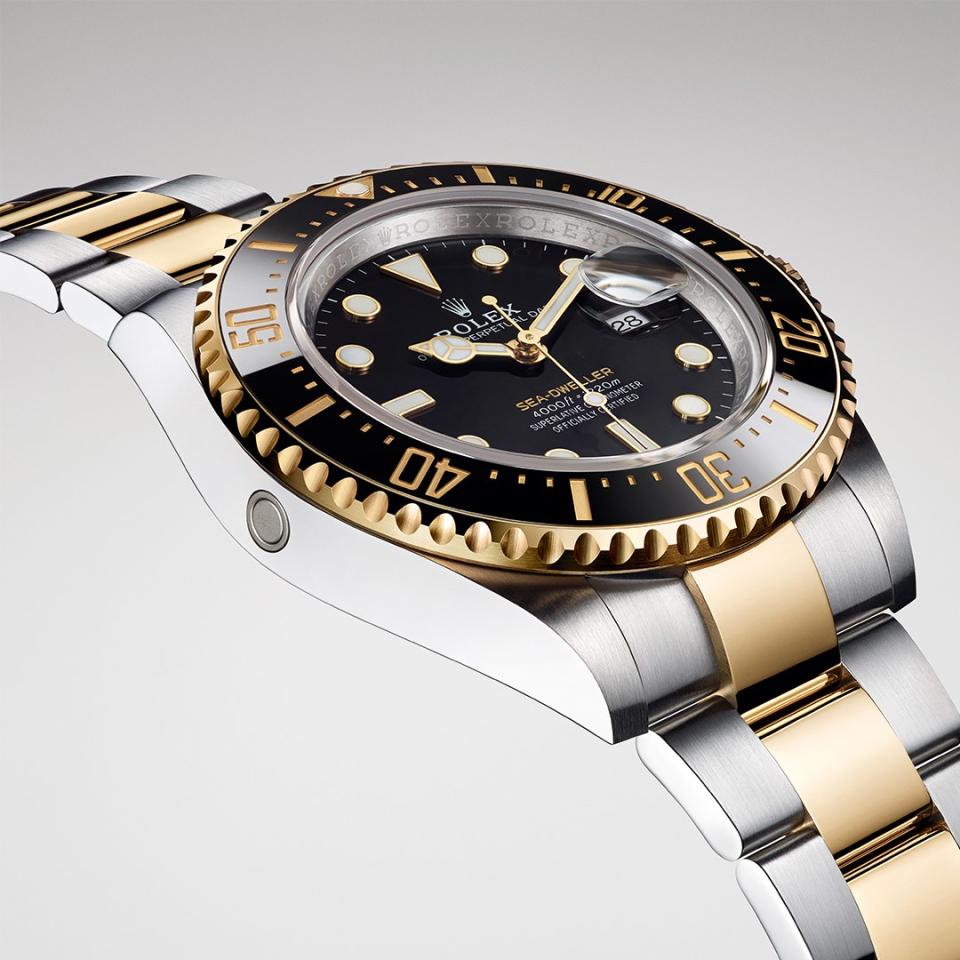
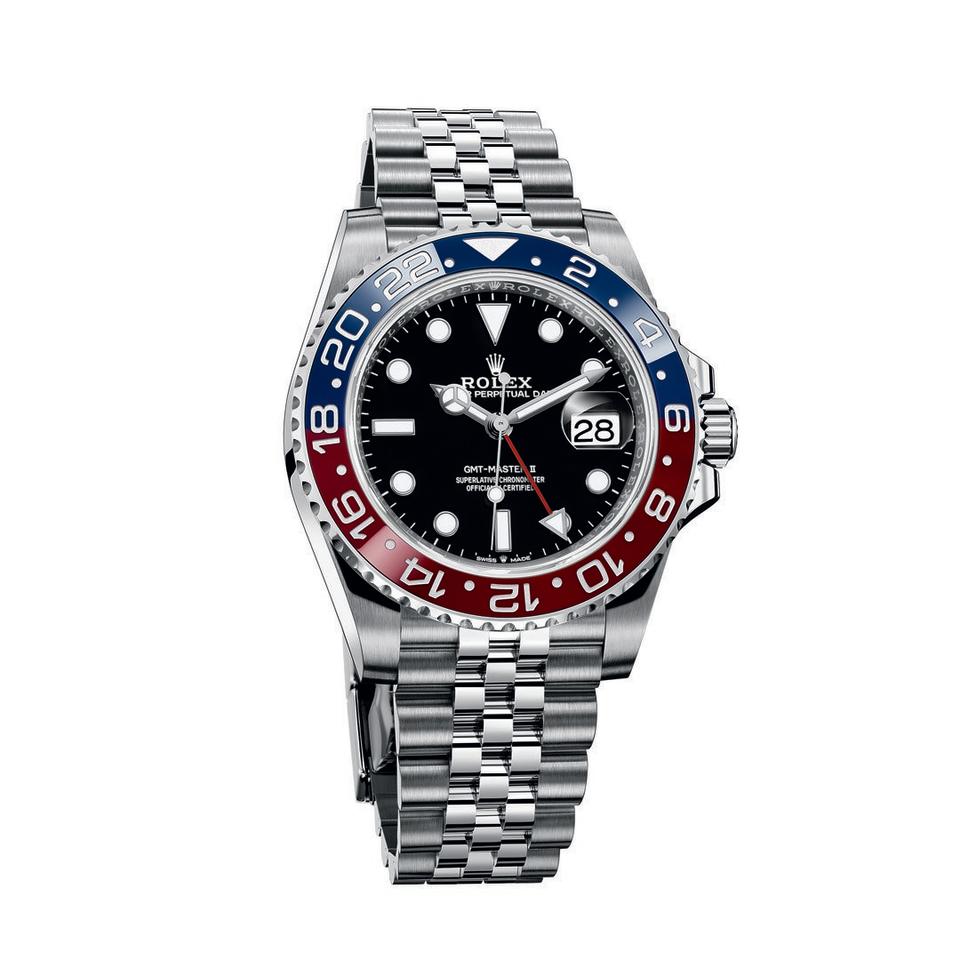
The Oyster is the classic bracelet, first produced in the late 1930s. This is Rolex’s sportiest and most casual option, so it typically comes on the brand’s “professional” watches (pieces built expressly for activities like diving or racing): the Submariner, Daytona, Yacht-Master, Sea-Dweller, Air-King, and Explorer.
Jubilee bracelets are more elegant, with a “five-piece link” design that forms a series of small X-shaped patterns. The bracelet was originally released in 1945, along with the first Datejust watch, and is seen as the dressier alternative to the Oyster. “Oysters are a bracelet that you put on when you're going to go scuba diving or garden or you'll go swimming in it,” says Altiere. “The Jubilee is Rolex's answer to trying to dress it up a little bit.”
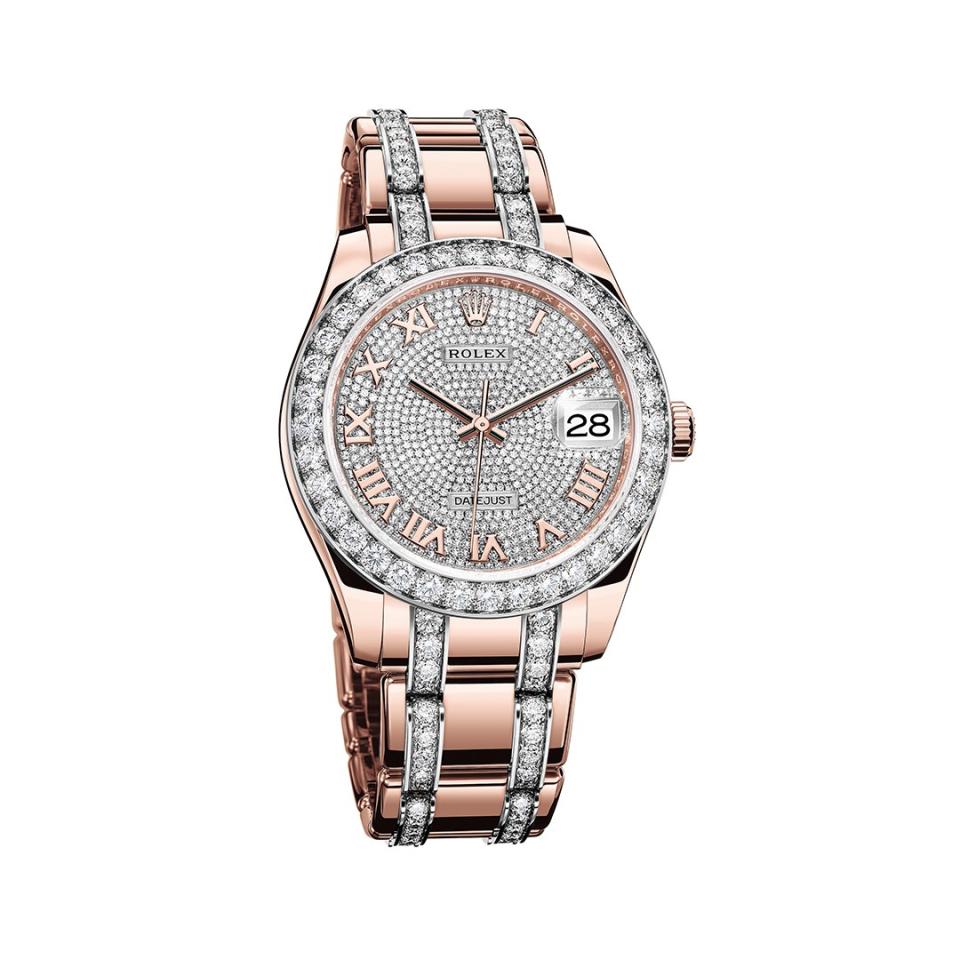
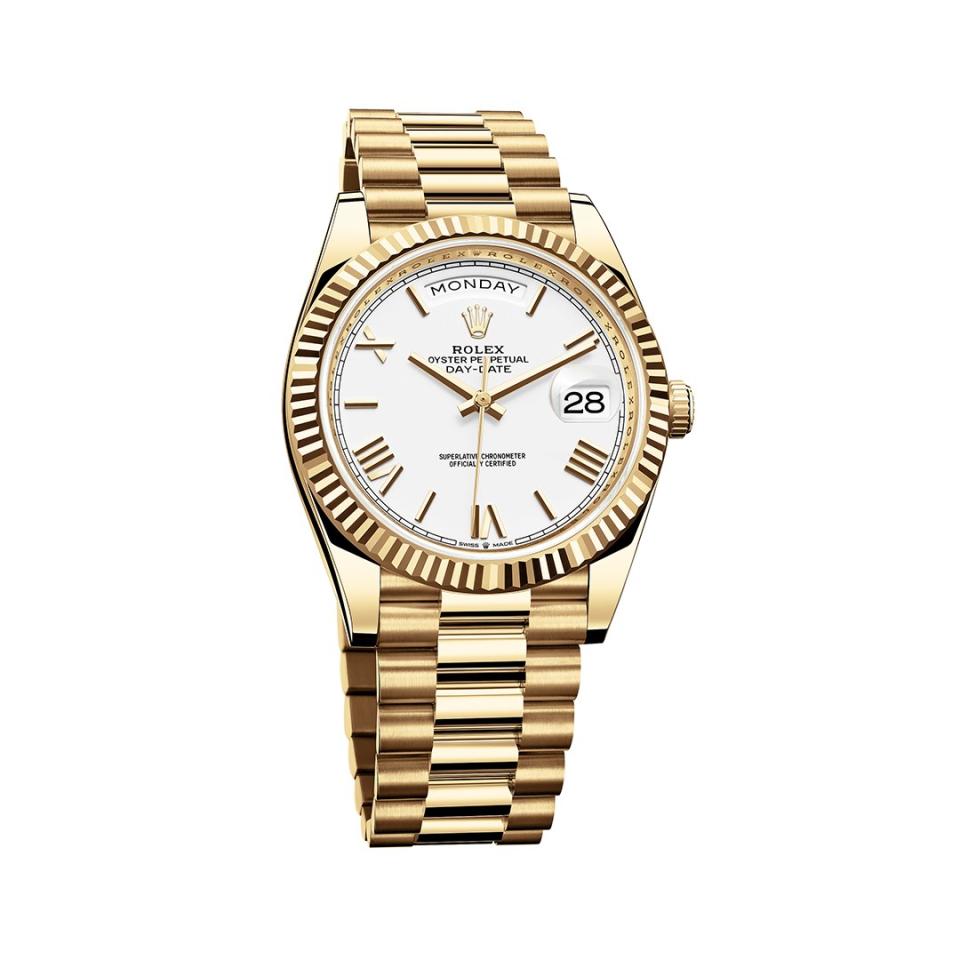
The other two Rolex bracelets are used more sparingly. The President, a three-piece link with a rounded bar running across the middle, is made exclusively in precious metals (the high-end golds and platinums of the world), and only Day-Dates are fitted with these bracelets. The Pearlmaster, meanwhile, is the most ostentatious in Rolex’s catalog, and is only used on the brand’s blinged-out pieces. The two parallel alleys running down the bracelet are often filled in with even more diamonds.
The Watch Industry’s Favorite Bracelet Maker
A large chunk of Watch Bracelet 101 can be told through the story of Gay Frères, a company that began in 1835 selling pocketwatch chains. Rolex was an early client: a century after Gay Frères was founded, Rolex commissioned it to make those first Oyster bracelets.
Naturally, some of Rolex’s biggest competitors started to sniff around Gay Frères, too. In the ‘40s, Gay Frères started supplying Patek Philippe and Vacheron Constantin with bracelets as well. The brand is most closely associated with its “beads-of-rice” design, which looks like it sounds. The at-one-point-most-expensive-watch-ever-sold, a Patek Philippe reference 1518, came on a Gay Frères beads-of-rice bracelet.
Gay Frères is also the bracelet supplier that came up with the iconic designs for two other beloved bracelets: the ones accompanying the Audemars Piguet Royal Oak and the Patek Nautilus. The practical bracelets, often made of steel, are the perfect accompaniment to the respective brands’ sportier models.
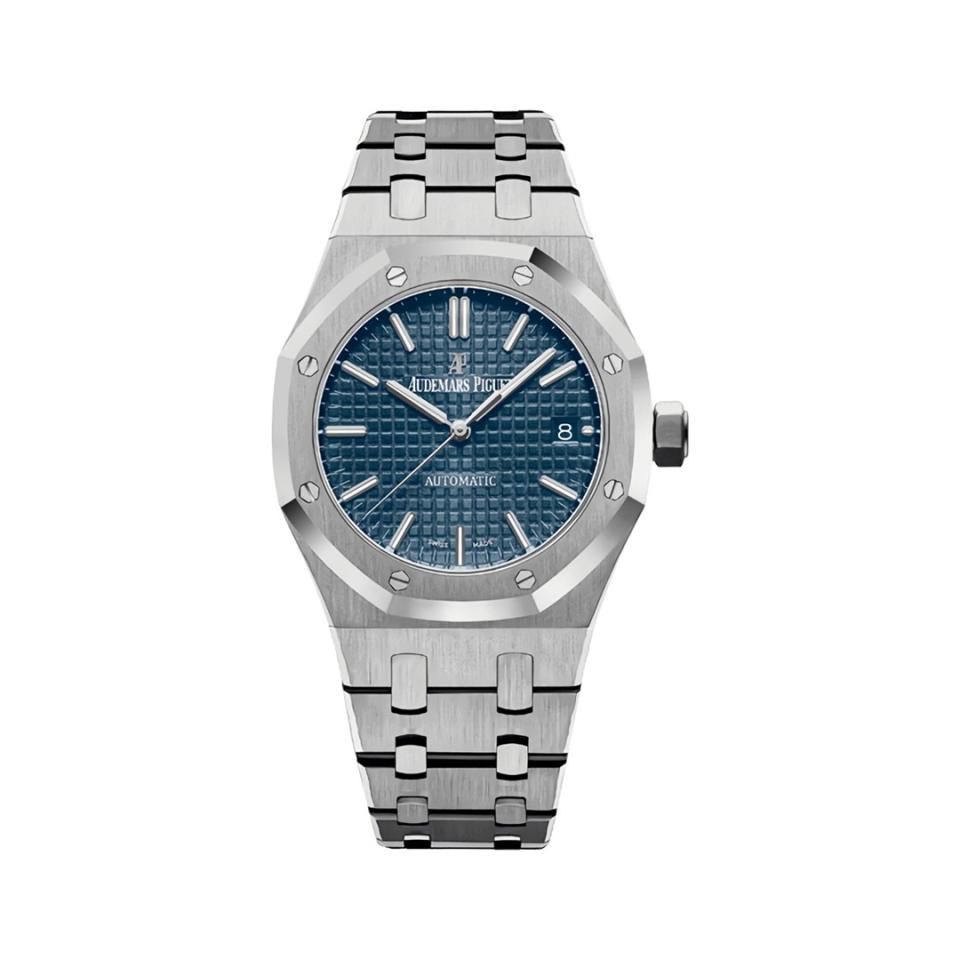
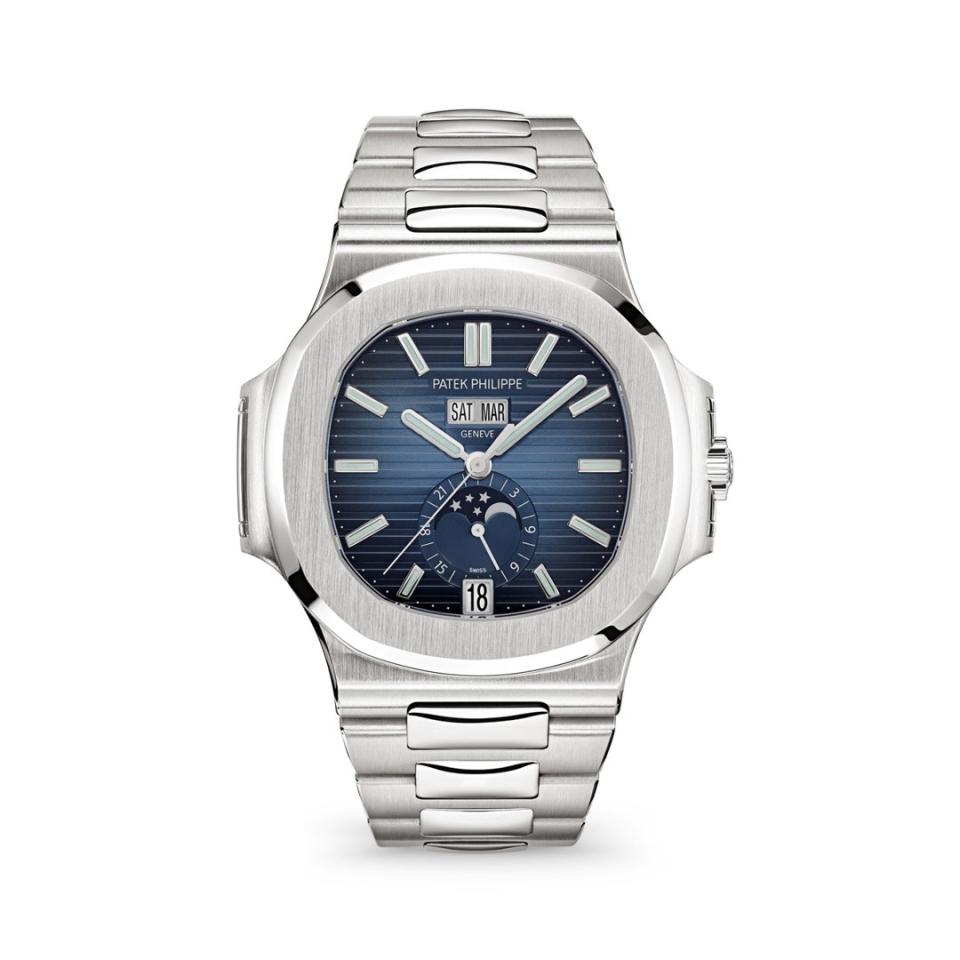
In 1998, Rolex, surely noticing how in-demand Gay Frères was, bought its longtime bracelet supplier. Rolex has a habit of pulling as much of its production in-house—going so far as to make its own gold in house—but the purchase of Gay Frères stands out. “That is arguably one of their best pieces of vertical integration,” Wind says.
Now, Wind says that some collectors will buy vintage watches just for the bracelet, discarding the case. “I've done it with chronographs from the 1940s and ‘50,” says Wind. “There was a Hauer with a Gay Frères bracelet on it, and the bracelet was worth more than the chronograph.”
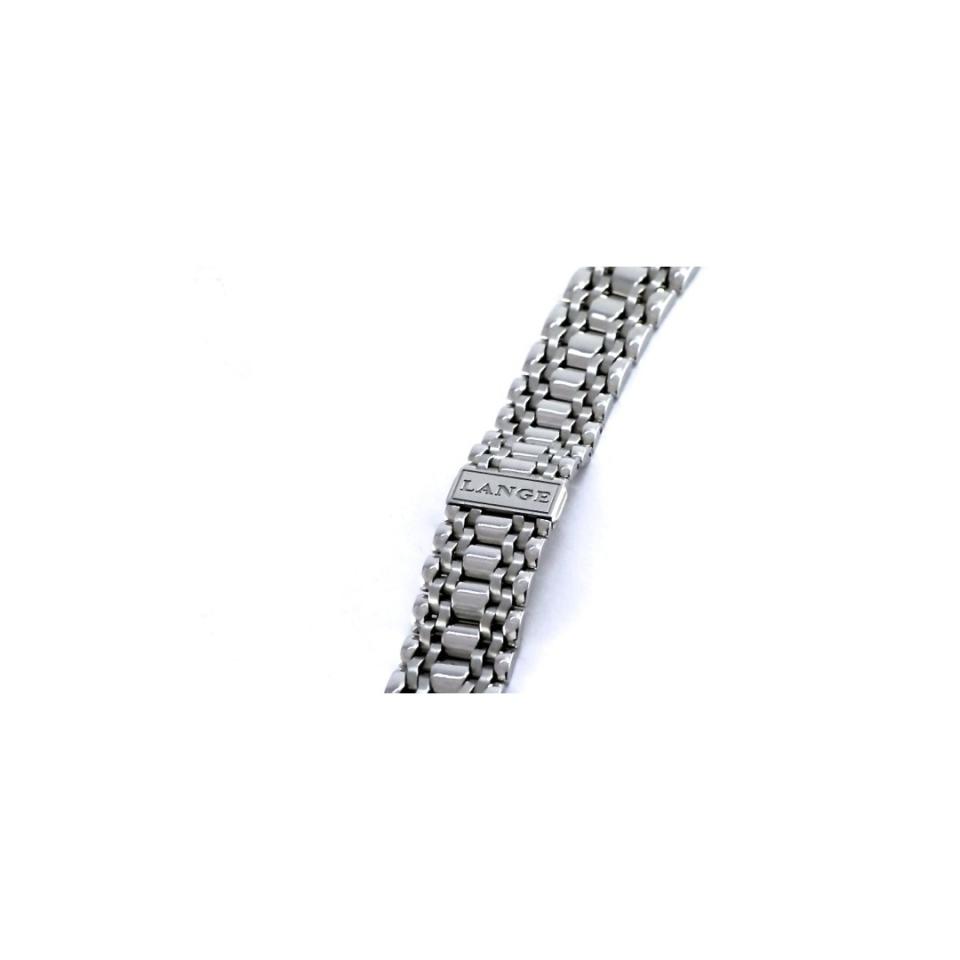
It’s not just Gay Frères bracelets that are hunted, either. In the late 2000s, the brand A. Lange & Söhne partnered with German jeweler Wellendorff to create some outrageously nice bracelets. But when a new president took over the brand he thought they were ridiculous and discontinued them. Wind says collectors consider these “the best bracelets of all time” and oftentimes will purchase those late-2000s watches for the bracelet alone. According to one jewelery retailer, the original retail price for just the bracelet was €34,500 (just below $40,000). Wind says he’s heard of some of these bracelets—just the bracelet!—selling for $60,000.
Steel Yourself
You may have noticed that in covering bracelets, practically every one of the most-wanted watches in the world pops up—the GMT, the Daytona, the Royal Oak, the Nautilus. There’s something to that: “People like to wear bracelets. They’re more durable and it's part of the casual movement of culture,” says Wind. “You can wear a bracelet with a suit or with a hoodie.” Sport watches fit easily into most watch collectors’ day-to-day lives in a way more formal-looking ones don’t. “People don't feel they can wear this yellow-gold Patek dress watch with the black alligator strap with a hoodie,” Wind adds. “It doesn't work quite the same way.”
That’s a good explanation for why, out of all of Patek’s beautiful pieces, the Nautilus is the one worn by every celebrity, the one with the eight-year waitlist. Even Patek’s president Thierry Stern told the New York Times he’s dumbfounded by its popularity. “Why is the Nautilus so popular?” he said. “Of course I am happy about it, but honestly I don’t know the answer.” Maybe it’s all about the bracelet.
Originally Appeared on GQ

